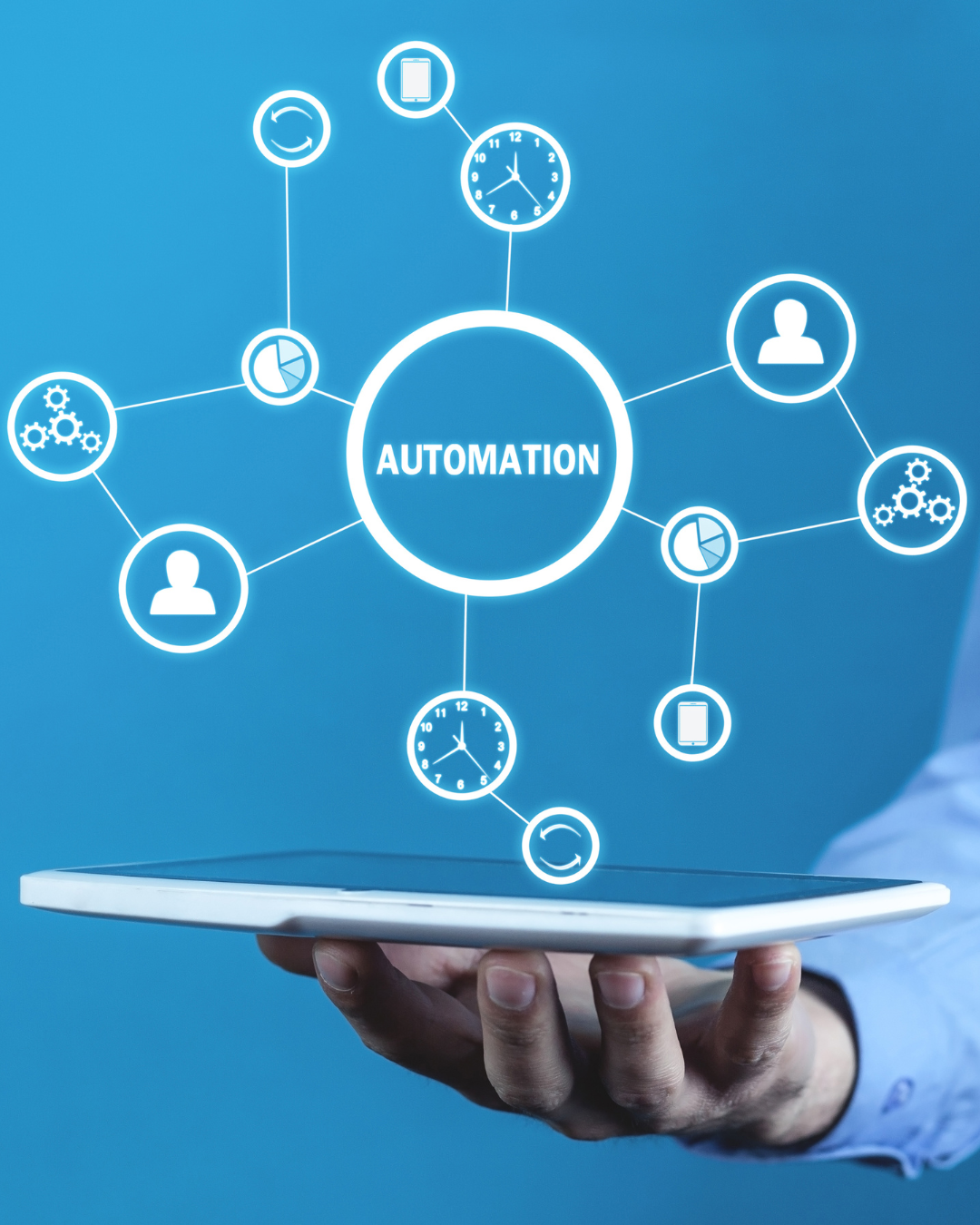What Is Workflow Automation? DataPeak’s Guide to Smarter, Faster Workflows
Why Workflow Automation Matters Now
Every organization is under pressure to move faster, do more with less, and adapt to constant change. But too often, work gets stuck in bottlenecks: manual approvals, repetitive data entry, outdated reporting processes, or disconnected systems that can’t “talk” to each other.
This is where workflow automation comes in. Done right, it eliminates busywork, reduces errors, and makes your organization more agile. But automation itself has evolved. What started as simple macros and scripts has grown into RPA (Robotic Process Automation), and now into AI-driven, no-code workflows that adapt in real time.
At DataPeak, we see workflow automation not as a patch on old systems, but as the engine of modern business transformation.
What Is Workflow Automation?
Workflow automation is the use of technology to design, execute, and manage processes with minimal human intervention. Instead of relying on people to move information between tools, track tasks, or enforce rules, automated workflows handle these steps consistently and intelligently.
Key elements include:
Triggers: The event that starts the process (e.g., a form submission, new dataset, or system alert).
Actions: The automated tasks that follow (e.g., send an email, generate a report, update a database).
Rules: The logic or conditions that guide the workflow (e.g., if X happens, then do Y).
At its core, workflow automation is about reducing friction and making processes run smoother, faster, and smarter.
“Automation is cost-cutting by tightening the corners and not cutting them.”
The Evolution of Workflow Automation
Macros & Scripts: The earliest form of automation, useful, but rigid and highly technical.
RPA (Robotic Process Automation): Automates repetitive, rule-based tasks (like copying data between systems). Scalable, but often brittle when processes change.
AI-Driven Automation: Goes beyond rules. AI interprets context, learns from data, and adapts workflows.
Agentic AI & No-Code Platforms (like DataPeak): The latest wave, workflows that not only automate but also reason, adjust, and scale across teams, all without coding.
This shift is critical: automation is no longer about just efficiency. It’s about adaptability, resilience, and empowering non-technical users to build and refine workflows themselves.
Why Workflow Automation Matters for Business
Faster Time-to-Decision: Reduce delays in approvals, reporting, and coordination.
Error Reduction: Eliminate manual mistakes in data entry and compliance processes.
Cost Savings: Free up staff from repetitive tasks so they can focus on higher-value work.
Scalability: Handle more volume without needing proportional increases in headcount.
Agility: Adapt workflows as markets, regulations, or internal needs shift.
Workflow Automation, the DataPeak Way
Traditional tools either require coding expertise (slowing down adoption) or rely on rigid RPA bots that break when conditions change.
DataPeak takes a different approach:
No-Code Builder: Drag-and-drop workflow design accessible to business and IT users alike.
Agentic AI Integration: Workflows that don’t just follow instructions but reason through data to make context-aware choices.
Multi-Mode Inputs & Outputs: Connect structured and unstructured data, push results to dashboards, APIs, or reports.
Human-in-the-Loop: Ensure oversight when needed with validation checkpoints and permissions hierarchies.
Scalable Orchestration: From one process to enterprise-wide automation, without re-engineering your tech stack.
Where RPA stops at simple tasks, DataPeak workflows orchestrate across entire systems.
Real-World Examples of Workflow Automation
Finance: Automate invoice approvals, expense reconciliations, and cash-flow forecasting.
Supply Chain: Streamline purchase orders, track shipments, and update inventory in real time.
Public Sector: Reduce bottlenecks in service requests, reporting, and compliance processes.
HR: Automate onboarding, training reminders, and workforce scheduling.
Analytics: Automatically pull, merge, and visualize data across silos.
These examples all point to one truth: workflow automation isn’t just about doing things faster, it’s about doing them smarter.
The Future of Workflow Automation
The future is intelligent, agent-driven workflows that:
Anticipate what’s needed next
Adjust processes automatically
Collaborate with humans instead of replacing them
Learn and improve over time
This is not science fiction, it’s already happening in forward-thinking organizations.
Key Takeaways
Workflow automation has evolved from simple rules to intelligent, adaptive systems.
It’s no longer just about efficiency, it’s about agility, resilience, and empowerment.
DataPeak leads with no-code, agentic AI-driven workflows that scale across the enterprise.
Businesses that embrace automation now will be positioned to move faster, smarter, and more confidently in the data age.
Keyword Profile: DataPeak workflow automation, no-code workflow automation, AI workflow orchestration, agentic AI workflows, enterprise automation platform, intelligent workflow automation, streamline business processes


